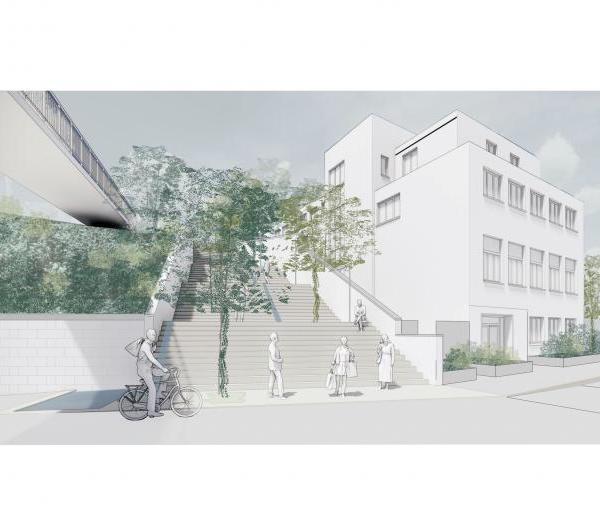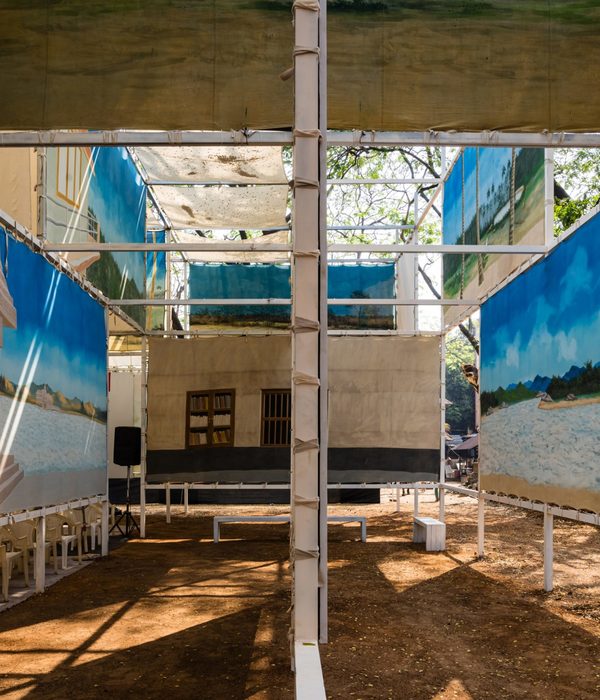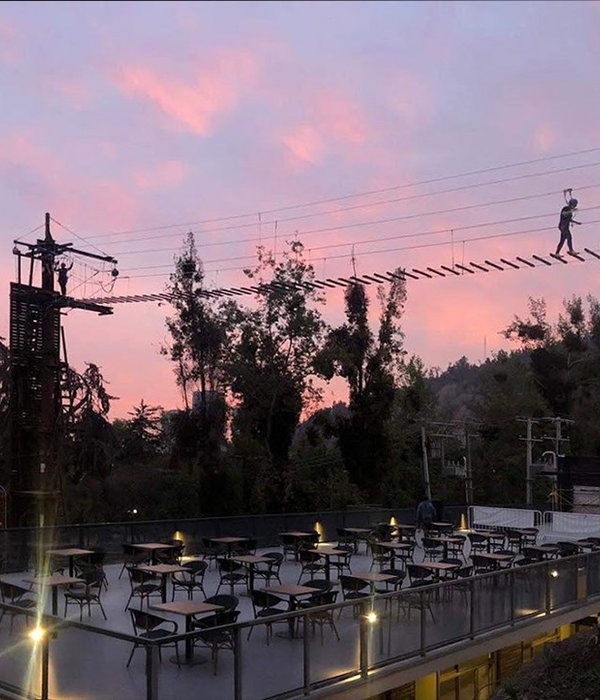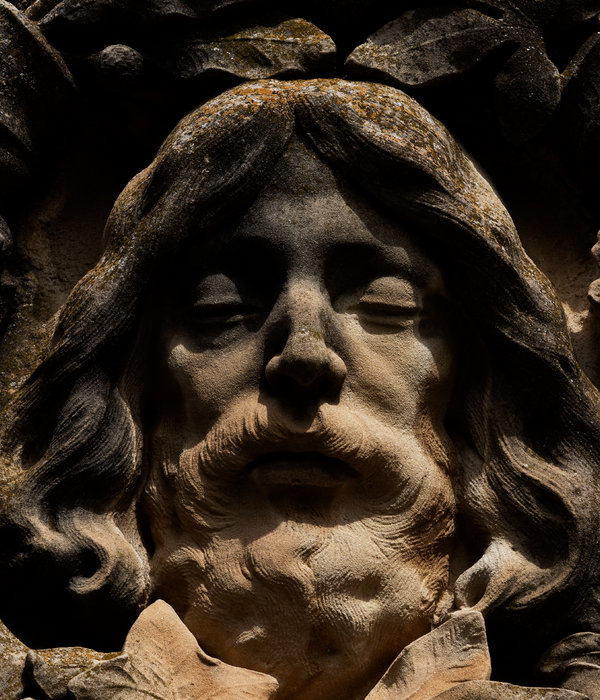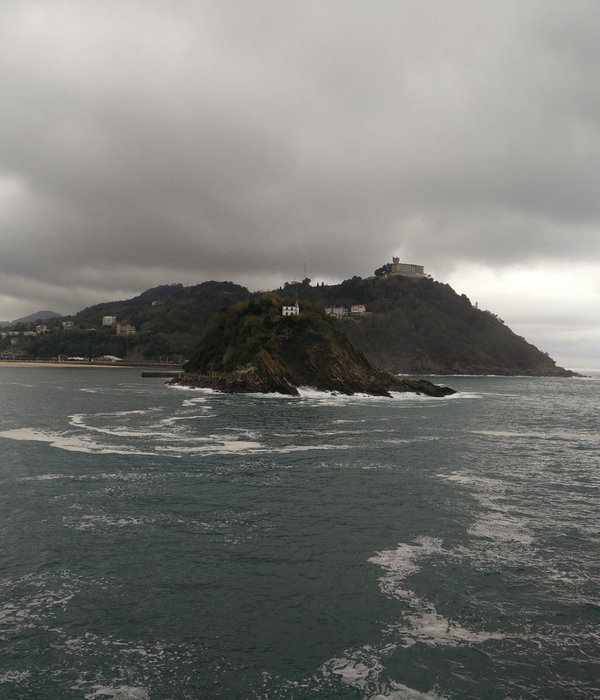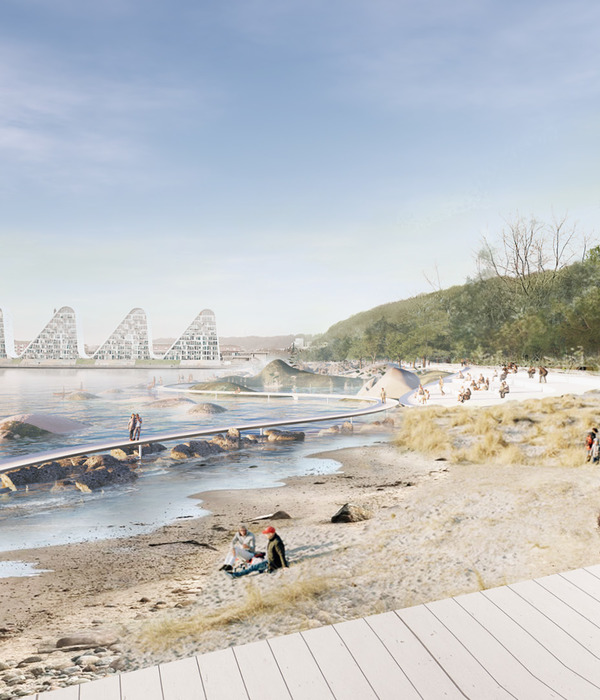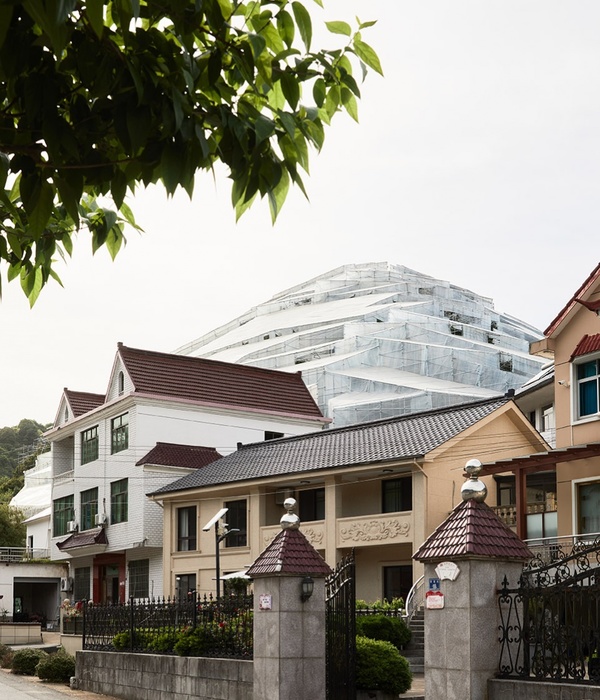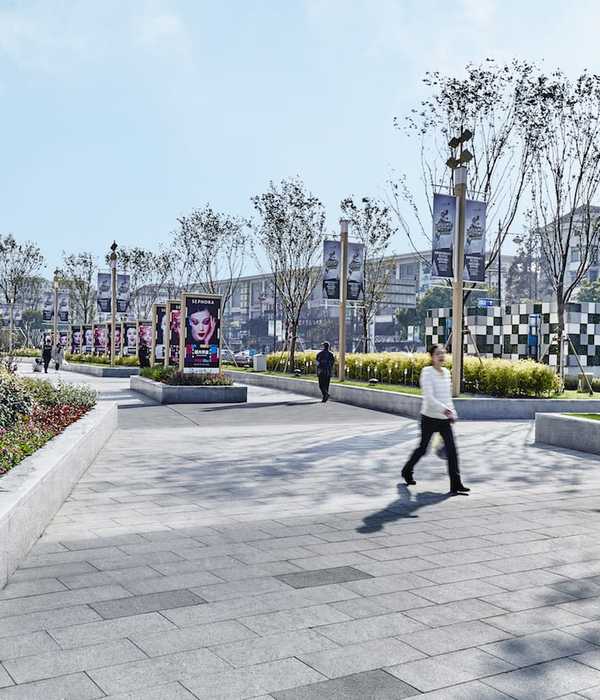这个城市发展得太快了,以至于无法测量。那我们的生活质量呢?非人类化的趋势,不再慷慨,繁忙的日常生活。这些问题在首尔这座城市里大面积地存在着。千篇一律的人们只有在路上才能稍许活泼,透露出日常生活的兴奋劲儿。城市的节奏快速,外表华丽,然而这项的风气似乎还没有渗透每条小巷。我们仍然可以等待那些缓慢而简陋的空间,在首尔这里保持其原貌。对于我们这些远离土壤生活的人来说,接近土地可以看做人性和沉着的象征。我们需要城市农业的原因很简单,我们需要一个缓冲,将城市的角角落落填满松松软软的土壤。
The city has grown so fast that it cannot be measured. Then what about the quality of our lives? Dehumanization of human beings, poor generosity and busy daily lives. Seoul is perhaps the most widespread place to be in such matters. Achromatic people moving without composure and hectic daily routines are not allowed except for coming and going to the same place. The city produces a quick and fancy flow, but since it is not a penetrative flow in every small alley, we still wait for the slow, humble spaces to remain their original appearance in Seoul. For us who have lived far away from the earth, being close to it can be a symbol of humanity and composure. The reason why we need urban agriculture is simple. We need a buffer. Fill the city with loose and soft soil every nook and corner.
▼场地周边环境,surroundings of the site
▼入口,the entrance
为城市农业而建的“哈根顿地块”是一个用处很大的场地,在这里公共建筑师、居民、专家和公共官员可以联合起来,创造一个城市所有的空地。哈根顿空地位于首尔钟路区,那里有穿过Inwan山和首尔的清新空气。在首层靠近种植场和公共花园的地方有一个农业设备储存和蓄水箱,蓄水箱里的水来自钟路区记录档案屋屋顶。还有一间厕所和一间提供居民教育的房间。该建筑的南面安装了太阳能电池板,每年发电约7300千瓦时。
The Haengchon vacant lot, created for urban agriculture, is a useful site where public architects, residents, experts and public officials can join forces to create a vacant space owned by the city. At the center of the city’s agriculture industry, Haengchon’s vacant lot 3 is located in Muak-dong, Jongno-gu, where fresh air flows through Inwan Mountain and Seoul’s capital city. On the first floor of Haengchon vacant lot, adjacent to raising seeding field and public garden, there is an agriculture equipment storage and water storage tank that can use the water from the roof of Jongno-gu record archive. There is a room for internal restroom and residents education. A solar panel was installed on the south side of the building to produce about 7,300 kwh of electricity annually.
▼建筑后方的种植场,the raising seeding field
▼首层空间一览,first floor overview
▼首层一侧通过滑动门面向城市打开,one side opens to the urban fabric through glass sliding doors
▼首层的阳台以及屋顶使用的太阳能板,the balcony and canopy using photovoltaic panels
二楼是为各种活动设计的,如展览和社区活动,并设立社区经营的咖啡店,以加强居民之间的沟通。每个人都渴望与他人交流,在分享中创造更好的生活,创造社会和经济价值。
The second floor is designed for various activities, such as exhibitions and community activities, and a community-operated coffee shop will be set up to trigger communication between residents. It is a desire for everyone to communicate with one another and share time for a better life and create social and economic value.
▼通向二层的楼梯,stairs leading to the second floor
▼二层的展示空间,the display space on the second floor
▼二层有一个自由的平面,为各种活动而准备;the second floor has a free plan, prepared for different activities
▼屋顶细节,ceiling details
▼首层平面,the first floor plan
▼二层平面,the second floor plan
▼立面,elevations
▼剖面,sections
{{item.text_origin}}


